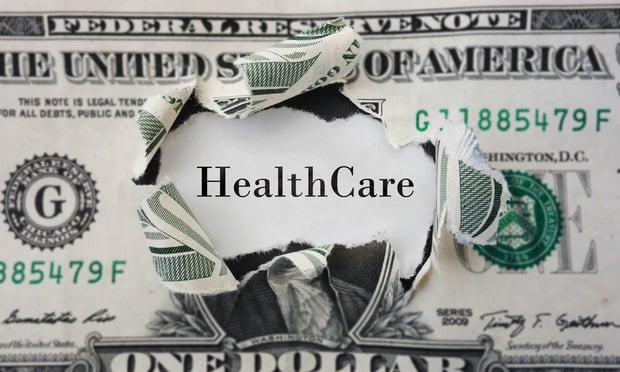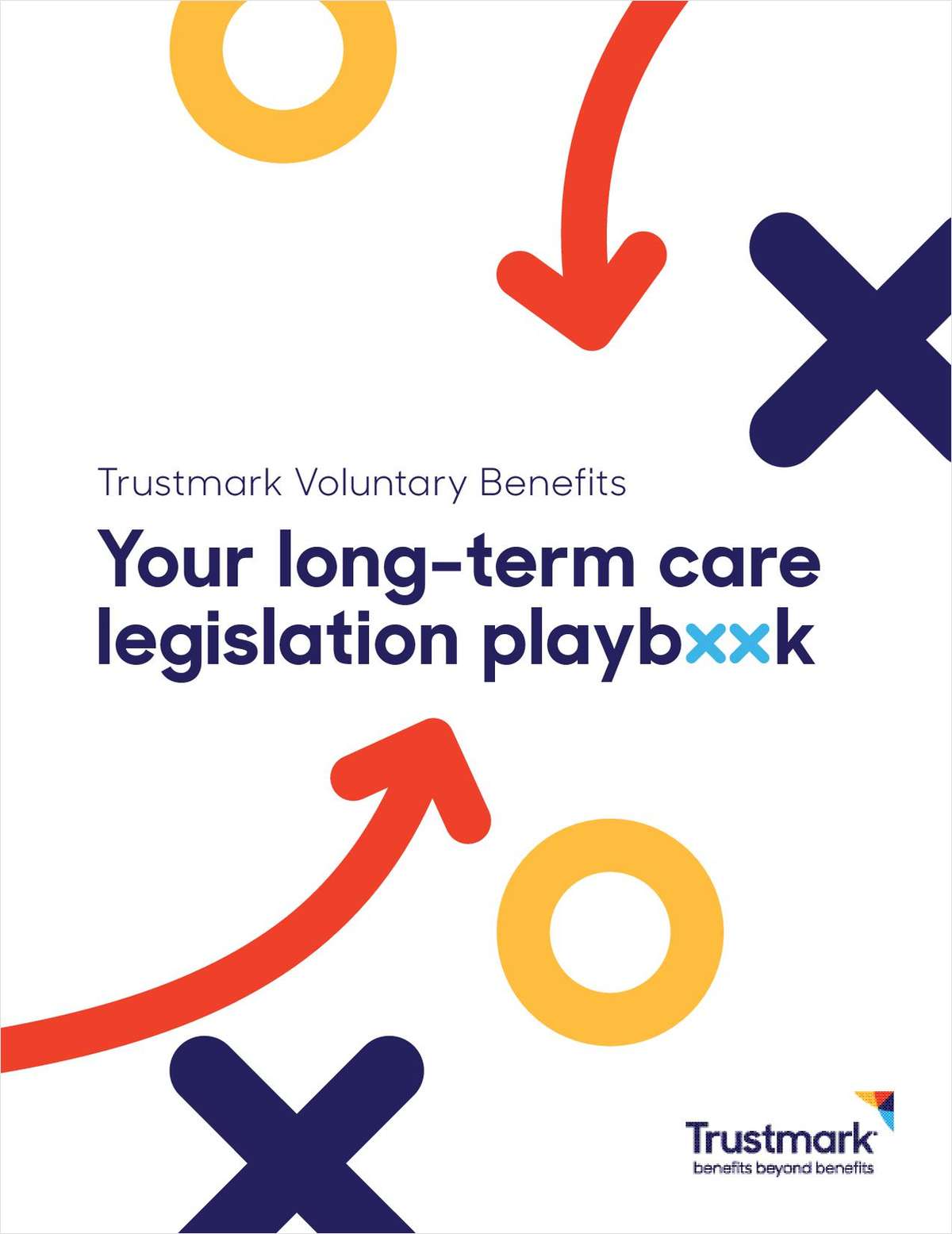
How much should employers budget for employee health insurance for the coming year? It's a question that arises (and an amount that rises) each year as summer fades to fall. The increase for 2024 coverage may be trickier than ever to forecast, given the tumult in the health care business since 2020.
A recent estimate by the consulting firm Aon underscores the dilemma employers face. Several credible forecasts already released suggested planning for about a 7% hike in health care costs for next year. Aon believes it will be closer to 8.5%, and offers a compelling case for the jump.
Complete your profile to continue reading and get FREE access to BenefitsPRO, part of your ALM digital membership.
Your access to unlimited BenefitsPRO content isn’t changing.
Once you are an ALM digital member, you’ll receive:
- Critical BenefitsPRO information including cutting edge post-reform success strategies, access to educational webcasts and videos, resources from industry leaders, and informative Newsletters.
- Exclusive discounts on ALM, BenefitsPRO magazine and BenefitsPRO.com events
- Access to other award-winning ALM websites including ThinkAdvisor.com and Law.com
Already have an account? Sign In
© 2024 ALM Global, LLC, All Rights Reserved. Request academic re-use from www.copyright.com. All other uses, submit a request to [email protected]. For more information visit Asset & Logo Licensing.








